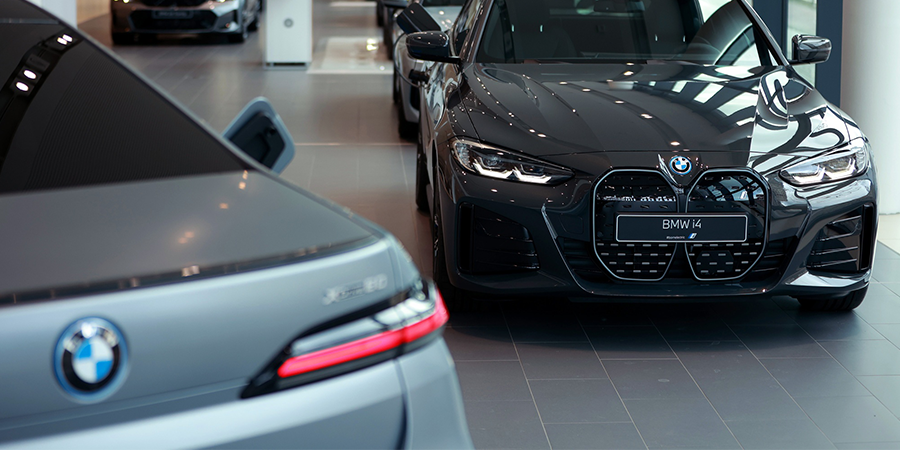
BMW, a renowned German automobile manufacturer, has a distinctive naming system for its vehicle models. Understanding this system can be helpful for enthusiasts and potential buyers. This article explores the intricacies of BMW’s naming conventions, from prefixes to series and body styles, providing a comprehensive guide to deciphering BMW model names.
BMW Model Naming Convention
Prefixes
BMW model names often begin with a prefix that indicates the series or class of the vehicle. These prefixes can include numbers, such as “3” or “5,” which correspond to the series, and letters, such as “X” for SUVs or “M” for high-performance models.
Series
The numerical part of a BMW model name typically indicates the series to which the vehicle belongs. For example, the BMW 3 Series includes compact executive cars, while the BMW 5 Series comprises mid-size luxury cars.
- 1 Series: Compact car range, available in hatchback (3-door and 5-door) and coupe/convertible body styles.
- 2 Series: Entry-level coupe and convertible models, including the 2 Series Active Tourer (a compact MPV).
- 3 Series: Compact executive car range, available in sedan, wagon, and Gran Turismo (hatchback) body styles.
- 4 Series: Coupe, convertible, and Gran Coupe (four-door coupe) models derived from the 3 Series.
- 5 Series: Mid-size luxury car range, available in sedan and wagon body styles.
- 6 Series: Full-size luxury coupe, convertible, and Gran Coupe models.
- 7 Series: Full-size luxury sedan range, known for its luxury features and advanced technology.
- 8 Series: Grand tourer range, available in coupe, convertible, and Gran Coupe body styles.
- X1: Subcompact luxury crossover SUV.
- X2: Compact luxury crossover SUV.
- X3: Compact luxury crossover SUV, BMW’s first crossover SUV.
- X4: Compact luxury crossover SUV with coupe-like styling.
- X5: Mid-size luxury crossover SUV, known for its blend of luxury and off-road capabilities.
- X6: Mid-size luxury crossover SUV with coupe-like styling.
- X7: Full-size luxury crossover SUV, BMW’s largest SUV offering.
- Z4: Compact luxury roadster, known for its sporty performance and open-top driving experience.
- i3: Electric city car, known for its innovative design and sustainable materials.
- i8: Plug-in hybrid sports car, combining electric and gasoline power for high performance.
Body Styles
Following the series designation, BMW model names may include letters indicating the body style. For instance, “i” is used for electric models, “d” for diesel engines, and “e” for hybrid vehicles. Additionally, “Gran Turismo” (GT), “Touring,” and “xDrive” (for all-wheel drive) are common suffixes denoting specific body styles or features.
Evolution of BMW Model Names
BMW has adapted its naming conventions over time to reflect changes in technology and market trends. The introduction of electric and hybrid vehicles has led to the inclusion of “i” and “e” in model names.
What Each Letter Signifies in BMW Model Names
- Number (e.g., 320i, 328is): Denotes the series or class of the vehicle.
- First Number (e.g., 320i, 328is): Refers to the series (e.g., 3 Series, 5 Series).
- Second and Third Numbers (e.g., 320i, 328is): Historically indicated engine size in liters, now used to differentiate between models within a series.
- Letter (e.g., 320i, 328is): Indicates fuel type, body style, or other features.
- “i”: Traditionally meant “fuel injected,” now signifies gasoline/petrol.
- “d”: Indicates a diesel engine.
- “e”: Used to indicate efficient models for better fuel economy, now used for hybrid/electric vehicles.
- “L” or “Li”: Denotes a long-wheelbase version.
- “x”: Indicates four-wheel drive (xDrive).
- “s” (historically): Meant “sporty,” now often replaced by “M” for performance models.
- “M” (e.g., M240i, M6): Stands for “Motorsport,” indicating high-performance variants tuned by BMW’s Motorsport division.
- “Z” (e.g., Z4): Denotes roadster models.
- “X” (e.g., X5): Indicates SUV models.
- “GT” (e.g., 335i GT): Stands for “Gran Turismo,” indicating a more luxurious, coupe-like sedan.
- “Touring” (e.g., 328i Touring): Denotes a station wagon or estate body style.
- “M” (standalone, e.g., M5): Indicates the top-tier, motorsport-inspired model in a series.
Conclusion
Deciphering BMW model names can seem complex at first, but understanding the underlying naming conventions can provide valuable insights into the company’s vehicle lineup. From series and prefixes to body styles and features, BMW’s naming system is a reflection of its commitment to innovation and engineering excellence.



